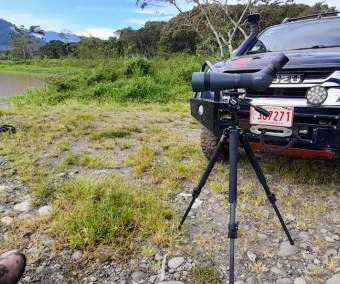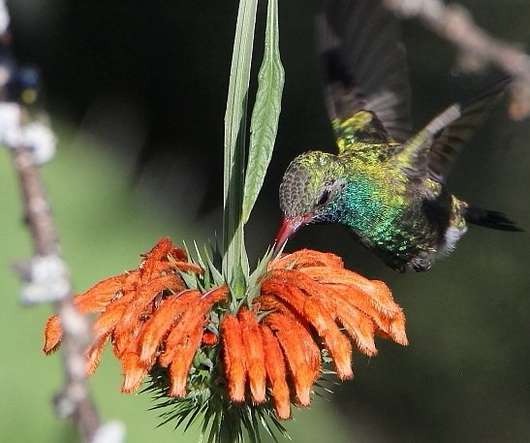What is the National Bird of Nicaragua?
10,000 Birds
MARCH 11, 2011
home about advertise archives birds conservation contact galleries links reviews subscribe Browse: Home / Birds / What is the National Bird of Nicaragua? What is the National Bird of Nicaragua? By Corey • March 11, 2011 • 6 comments Tweet Share The national bird of Nicaragua is the Turquoise-browed Motmot.












Let's personalize your content